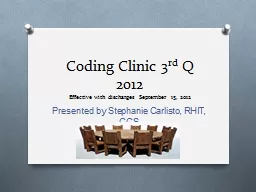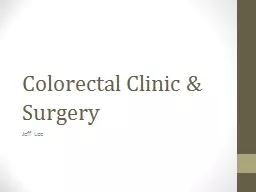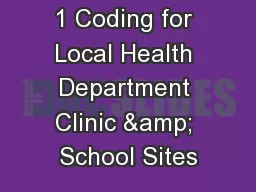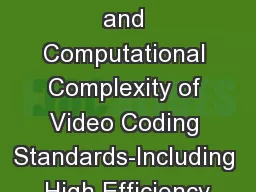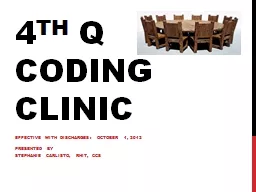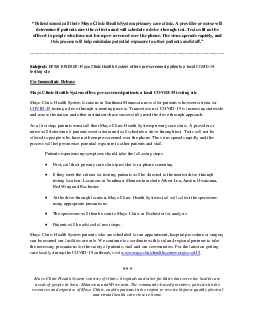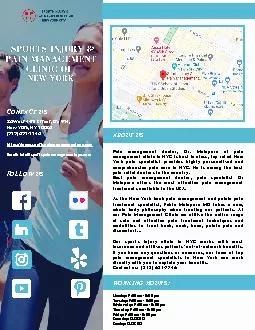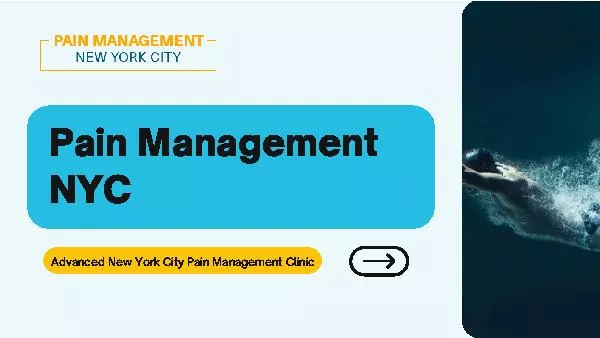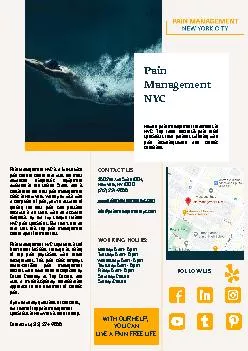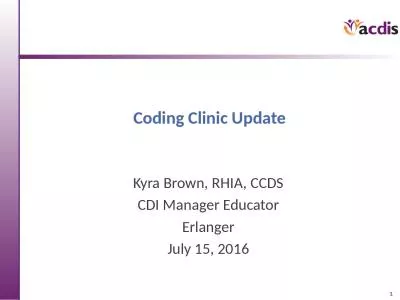PPT-Coding Clinic 3 rd Q 2012
Author : pasty-toler | Published Date : 2018-02-12
Effective with discharges September 15 2012 Presented by Stephanie Carlisto RHIT CCS Associated conditions and documentation of a linkage If two conditions
Presentation Embed Code
Download Presentation
Download Presentation The PPT/PDF document "Coding Clinic 3 rd Q 2012" is the property of its rightful owner. Permission is granted to download and print the materials on this website for personal, non-commercial use only, and to display it on your personal computer provided you do not modify the materials and that you retain all copyright notices contained in the materials. By downloading content from our website, you accept the terms of this agreement.
Coding Clinic 3 rd Q 2012: Transcript
Download Rules Of Document
"Coding Clinic 3 rd Q 2012"The content belongs to its owner. You may download and print it for personal use, without modification, and keep all copyright notices. By downloading, you agree to these terms.
Related Documents

